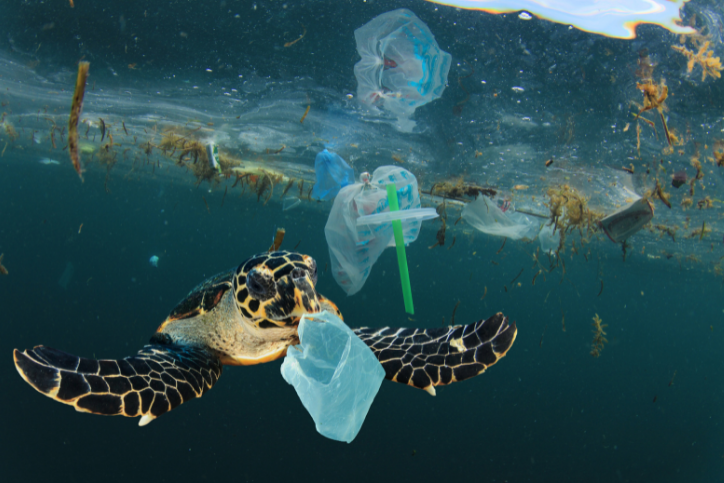By 2050, there will be more plastic than fish in the oceans! Hard to believe, right?
Worldwide, 300 million tons of plastic are produced every year, of which up to 13 million tons end up as garbage in the oceans – every year!
Plastic waste, “lost” fishing nets made of plastic and microplastics are transported across borders by ocean currents. They can be found everywhere, even on the most remote coasts of uninhabited islands, in the Arctic ice, in the deep sea and in a variety of marine organisms.
What we see is what we want to see only
Only 15 percent of the garbage floats on the surface, more than 70 percent drops to the seabed and another 15 percent washes up on the coasts.
A special phenomenon are the gigantic garbage vortices in the sea. Probably the best known is the “Great Pacific Garbage Patch” in the North Pacific between Hawaii and California. It is more than 4 times the size of Germany!
The problem is that the remnants of our throwaway society cost the lives of up to 135,000 marine mammals and one million seabirds every year. The animals starve to death with full stomachs, as plastic clogs the digestive system. Whales and dolphins, but also turtles, get caught in old fishing nets, drown or suffer serious injuries during their liberation attempts.

